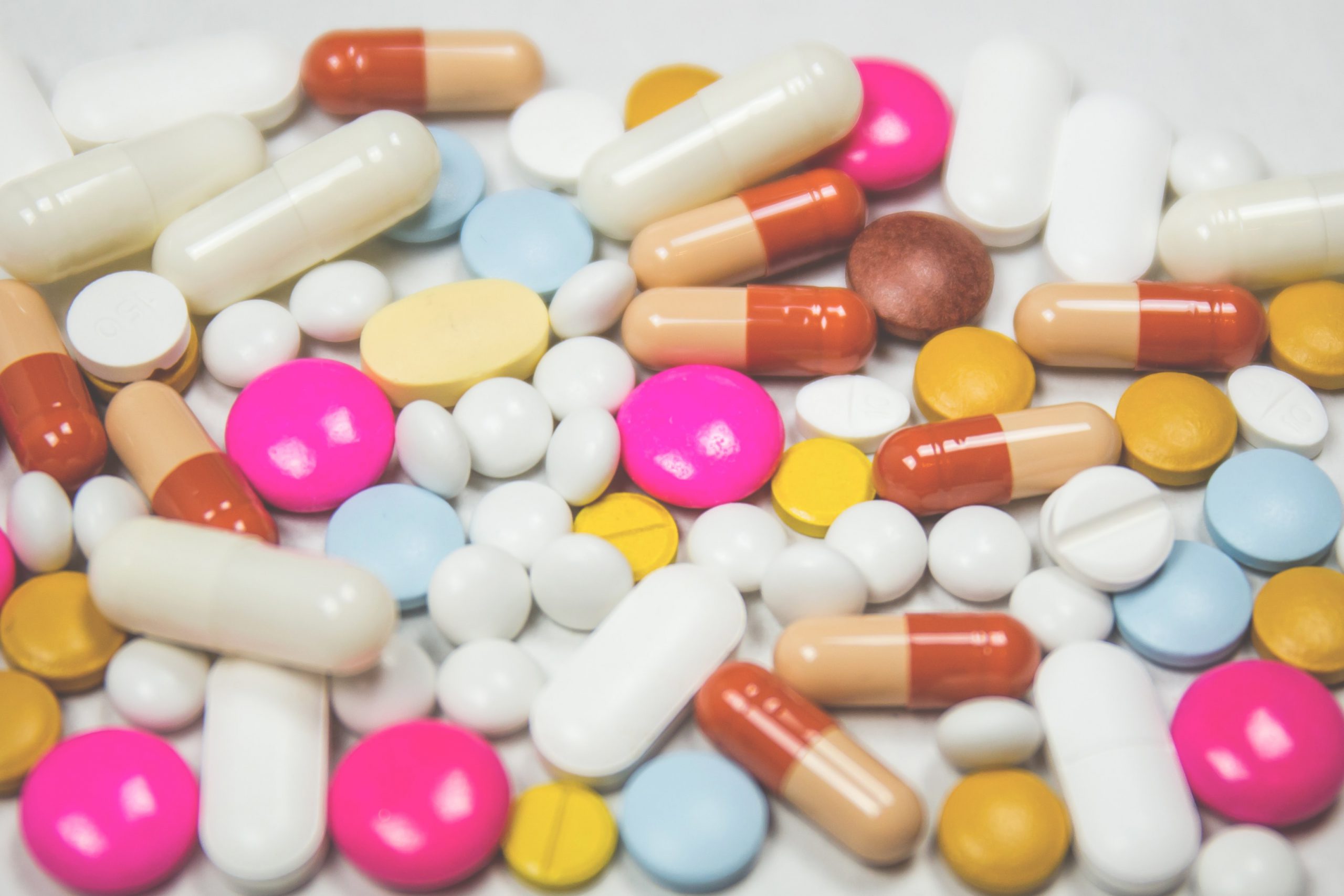The discovery of antibiotics has been regarded as one of modern-day medicine’s greatest achievements. Its use has saved countless lives across the world. Deadly diseases such as tuberculosis and typhoid are now easily treatable because of it. Today, however, one problem that has begun to emerge is the phenomenon referred to as antibiotic resistance. It’s a global problem that, if not addressed swiftly, could mean that the same diseases antibiotics were designed to cure can slowly reemerge and become widespread once again. In fact, at least 2.8 million people get an antibiotic-resistant infection every year in the US alone. In this article, we’ll take a closer look at this problem as we explore its causes, the potential repercussions, and what we can do to solve it. What is antibiotic resistance? Antibiotics are designed to fight bacterial infections that cause a variety of different ailments. They work by either directly killing the bacteria or halting their reproduction within a host. In some cases, some bacterial strains are not completely eradicated by antibiotic treatment. The surviving strains eventually reproduce and through that, a new version of the strain with resistance to antibiotics emerges. This process of adaptation occurs naturally over long periods of time, but the widespread overuse of antibiotics has allowed this process to accelerate at an alarming rate. The problem could mean that some diseases that are now believed to be easily treatable could become resistant to antibiotic treatment and become a worldwide problem again in the future. What causes antibiotic resistance? Several factors have been attributed to the growing problem of antibiotic resistance, but the biggest contributor is the overuse and over-prescription of these drugs. In reality, any time antibiotics are used, antibiotic resistance can happen. That’s because bacteria are living organisms, and they will naturally develop resistance to drugs upon exposure. The problem arises when people use these drugs complacently, unnecessarily, and on a large scale. For instance, when a person relies too heavily on antibiotics in favor of preventative measures such as practicing good hygiene, they unwittingly contribute to the issue. When a doctor prescribes an antibiotic treatment to a patient who doesn’t need it in the first place, they too become complicit in the problem. The use of antibiotics in our food supply is another culprit. When livestock, poultry, and fish are subjected to antibiotics, they can become the ideal breeding ground for antibiotic-resistant “superbugs” to develop. These superbugs are then transmitted to our bodies via ingestion or through the animals’ waste products that may enter our water supply. What can we do to fight it? While the problem of antibiotic resistance is indeed a global threat, we all have our parts to play to help address it. You can do yours by observing the following:
- Only seek antibiotic treatment when necessary.
- Complete your antibiotic course even if your symptoms improve sooner and discard any leftovers that remain.
- Do not share your antibiotic prescription with anyone else.
- Practice good personal hygiene at all times.
- Avoid eating foods that have been subjected to antibiotics.
- Get vaccinated.
- Educate the people close to you about what you’ve learned here.
Conclusion Because antibiotics are so crucial to our lives now, we must be vigilant in preventing this health crisis from worsening. Understanding the information above is the first step in fighting this widespread problem, as with greater public awareness, we may have a chance at combating the threat. Browse our site for further resources and the latest medical news today.


















